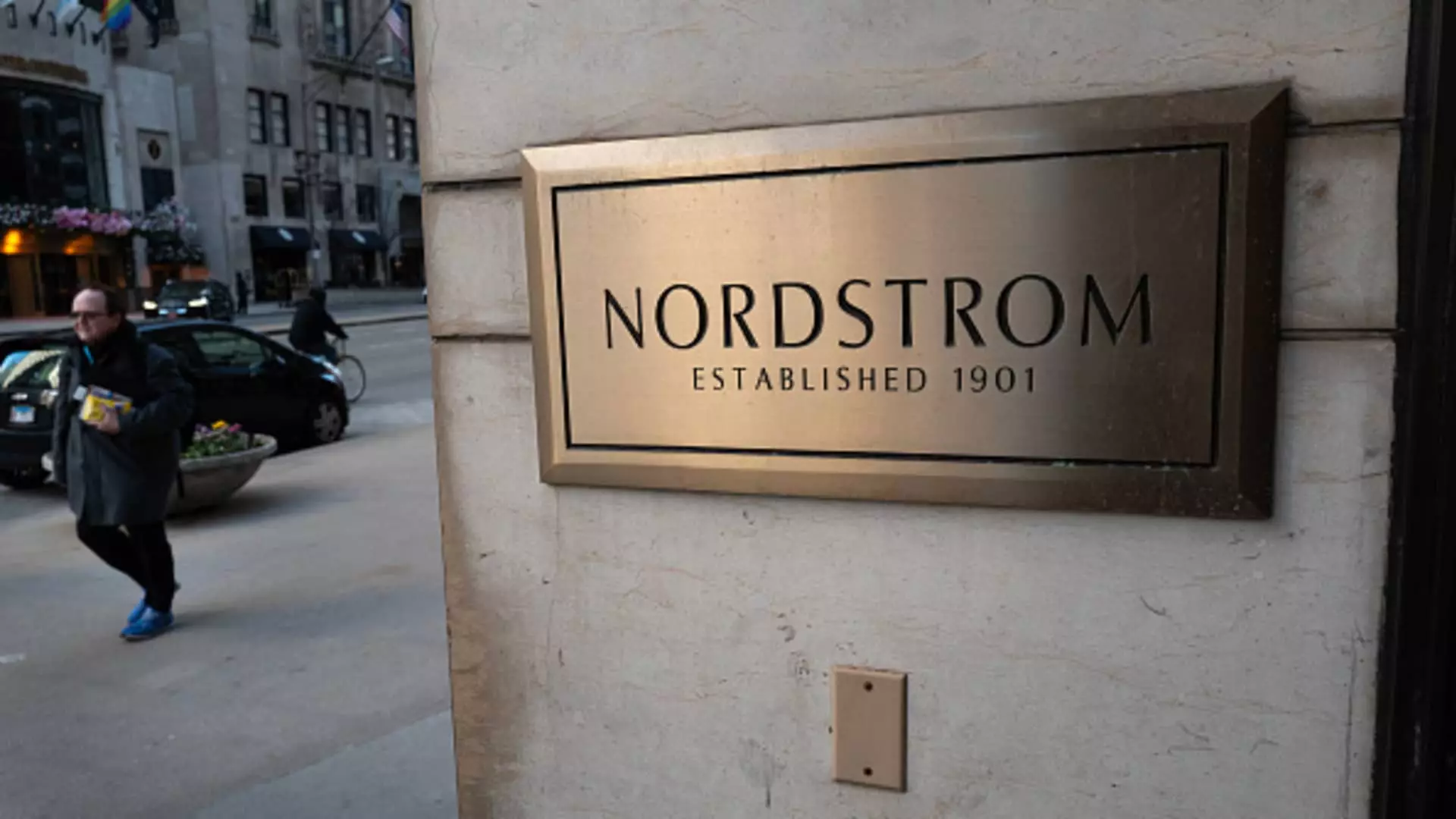In a landmark decision, Nordstrom announced its transition from a publicly traded company to a private enterprise. This significant change comes as part of a deal estimated at $6.25 billion, orchestrated by the founding Nordstrom family in collaboration with El Puerto de Liverpool, a notable Mexican department store chain. The unanimous approval by Nordstrom’s board signals a strategic move intended to reshape the retailer’s future in an increasingly competitive market. Following the completion of the transaction, projected for early 2025, the ownership structure will grant the Nordstrom family a controlling stake of 50.1%, while El Puerto de Liverpool secures 49.9%.
For common shareholders, this acquisition implies a cash incentive of $24.25 per share, an amount designed to minimize dissent among investors. While this buyout decision might ensure immediate financial gains for shareholders, the move also points to lingering concerns regarding Nordstrom’s long-term viability in the crowded retail landscape. Notably, the company’s stock reacted with a slight 1% downturn in early trading, reflecting investor apprehensions about the firm’s future prospects post-acquisition. This deal marks Nordstrom’s second attempt at privatization; a prior effort in 2018 was unsuccessful, demonstrating the challenges faced by the company in its search for stability amidst fluctuating retail dynamics.
CEO Erik Nordstrom expressed optimism regarding the transition, framing it as an exciting chapter for the company. However, the backdrop of this acquisition paints a more complicated picture for retailers in the luxury sector. With fiscal results indicating a modest 4% revenue growth in the third quarter, expectations for the holiday season remain muted, reflecting the cautious spending behaviors of consumers. Price sensitivity has surfaced as a dominant trend, compelling retail giants like Walmart and Target to adapt quickly to shifting consumer preferences. This highlights the fundamental challenges Nordstrom faces as it endeavors to retain its customer base.
Founded as a shoe retailer in 1901, Nordstrom has progressively evolved into a prominent department store brand, operating over 350 locations under various banners. This rich history, coupled with a commitment to customer satisfaction, might serve as a solid foundation as the retailer enters this new chapter. The partnership with El Puerto de Liverpool—a company with its own extensive network in Mexico—could unlock new synergies and opportunities; however, realizing these benefits will require astute navigation of the complexities inherent in the retail market.
While Nordstrom is poised to undergo a significant transformation with this buyout, the challenges of a rapidly evolving industry remain. As the company strategically adjusts its operations to meet contemporary retail demands, stakeholders will be watching closely to see if this shift to private ownership will indeed herald a resurgence or if it merely represents a temporary respite from ongoing market pressures.

